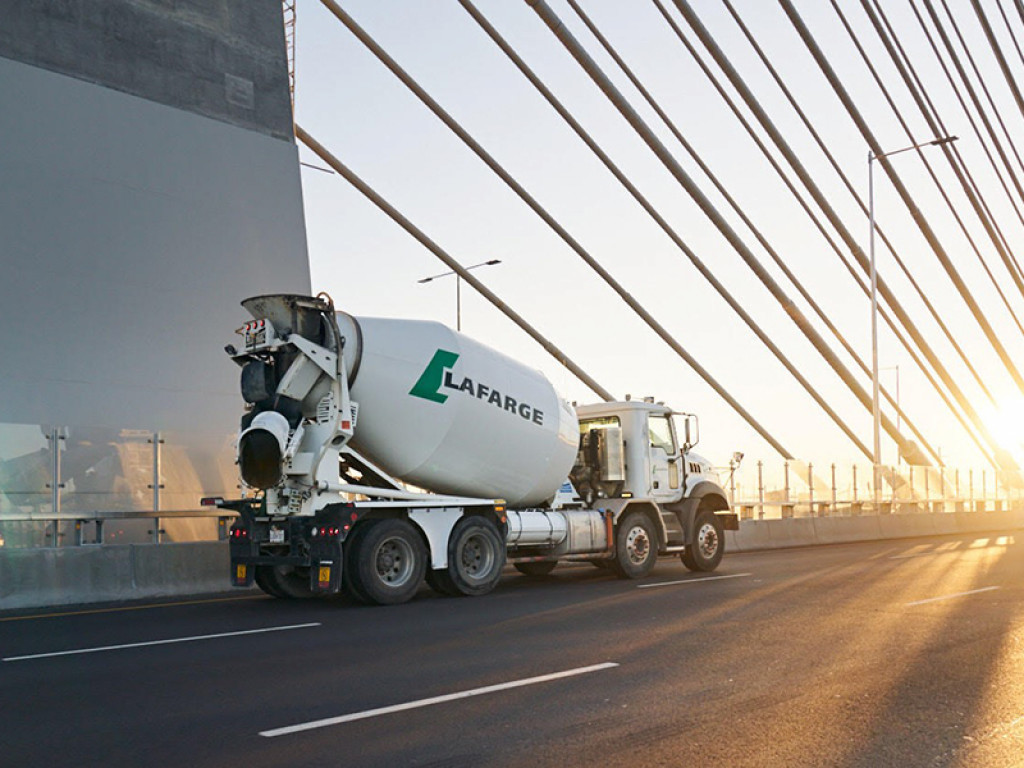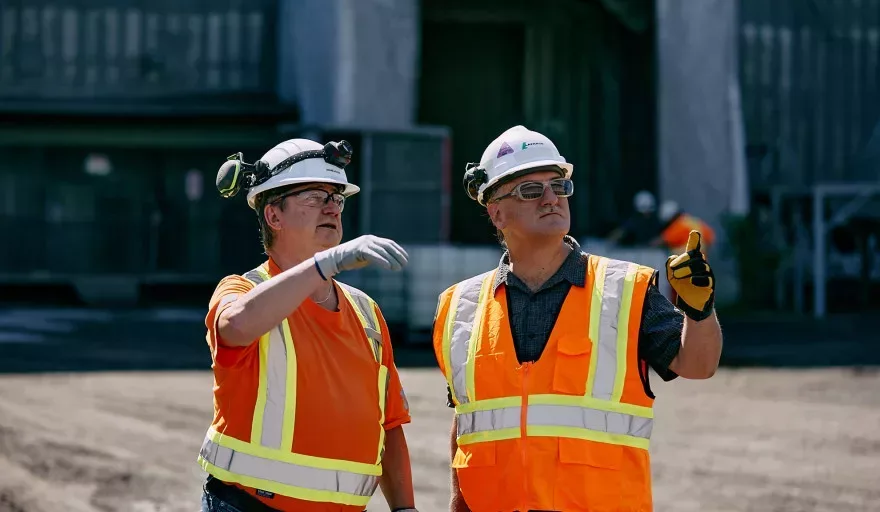A leader in sustainable building materials and solutions, Lafarge Canada’s journey to Net Zero is rooted in innovative solutions and collaboration.
Introduction
Our world is rapidly growing, and the future is increasingly urban.
By 2050, the global population is expected to reach a staggering 10 billion people, of which 70 percent are expected to live in built-up cities.
Recent data from The World Bank, meanwhile, shows that the urban population of Canada reached a record high of 82 percent in 2021.
There is evidently a critical need for livable cities with adequate housing and infrastructure; with this in mind, building progress for people and the planet is Lafarge Canada, a leader in sustainable construction materials and member of the global group, Holcim.
Lafarge Canada, whose long-standing commitment to sustainable development dates all the way back to 1977, is always seeking ways to increase the environmental performance of its operations.
For example, the company works to develop innovative solutions such as ECOPlanet, an ultra-low carbon cement product, to help achieve sustainable construction.
Equally, innovative collaborations with the likes of Blue Planet are helping to scale technology that can sequester carbon emissions and provide circular economy benefits. By leveraging mineralization technology to produce carbon-neutral or carbon-negative sand and gravel products, Lafarge Canada is looking forward to advancing its Net Zero strategy.
Recycled aggregates are a key component of the company’s journey to Net Zero, directly associated with the global demand for sustainable building solutions to support better living standards.
With the ambitious goal of doubling recycled aggregate volumes in Eastern Canada by 2025, Lafarge Canada has demonstrated its commitment to a circular economy.
Its efforts to make the world a better place don’t stop at technological innovation, however. As well as participating in volunteer opportunities to strengthen and better communities, understanding and supporting the company’s sustainability initiatives are essential for all roles within the organization.
The initiatives implemented by Lafarge Canada reduce expenses, help the company to expand into new markets and diversify its offering, and stimulate the industry to develop more innovative solutions.
Lafarge Canada is clearly changing to reflect the world around us, and for a deeper dive into the company’s environmental efforts, we catch up with Robert Cumming, Head of Environment and Public Affairs.
Could you expand on the role that sustainability plays within the company culture at Lafarge Canada?
Robert Cumming, Head of Environment and Public Affairs (RC): At Lafarge Canada, we have been on what we call “a journey to Net Zero”. It has been fascinating to see the rapid evolution of sustainability, and the re-engineering of our management systems to put sustainability at the core of everything we do.
Currently, all of our internal reporting structures include sustainability reports, and our short- and long-term planning is sustainability focused. We understand it is essential to our business strategy and growth.
In terms of the company’s products, what are the sustainable advantages of ECOPlanet?
RC: First, it is good to differentiate between cement and concrete. Concrete is the final product you see everywhere around you, and it is made of cement, sand, gravel, and water.
Our large, centrally located cement plants ship cement to our own concrete plants and to independent ones.
ECOPlanet is our low-carbon limestone cement product that allows us to extend our technology to reduce the carbon content in our own concrete, but also in our customers’ concrete. We do this by implementing known technologies at the plant, as well as combining other products to produce a blend that concrete mix designers can use for their customers.
Our own concrete mix designers have additional proprietary technical solutions that build on ECOPlanet to form a suite of low-carbon concrete products through our ECOPact product line.

Could you tell us more about the company’s efforts in mineralization and how this will impact your Net Zero strategy?
RC: This is one of the next big things. We have shown we can chemically react carbon dioxide with calcium to form limestone.
If we can produce sands and gravels in part with this mineralization technology, our final ECOPact concrete will move closer and closer to zero carbon content, so it represents one of the core strategies towards our targets.
How does Lafarge Canada embrace or incorporate the circular economy?
RC: We need to end the single-use pathway from cradle to grave. We are already one of Canada’s largest recycling companies with volumes of over two million metric tons being reused in Eastern Canada alone.
We have set a target to double this within five years. We replace fossil fuels with low-carbon fuel derived from selected waste materials, use by-products from other industries in customer cement and concrete blends, and set the best possible example by taking our own final products (concrete rubble) from demolition sites and turning them into new building material products.
Lafarge Canada is a founding partner of Circular Economy Leadership Canada (CELC). CELC engages partners in cities, provinces, and other industry participants to increase the use of recycled aggregates, with two full-scale virtual conferences and hundreds of expert participants leading to formal reports for action.
Finally, do you have any upcoming projects or investments with sustainability in mind that you would like to highlight?
RC: Our recent ownership stake in Blue Planet, involves an exciting new mineralization technology to produce negative carbon sands and gravels.
We see strategic partners such as Blue Planet as central to our own ambitions to reach Net Zero. We are also mid-way through an all-electric loader demonstration at a quarry in Ontario.

































